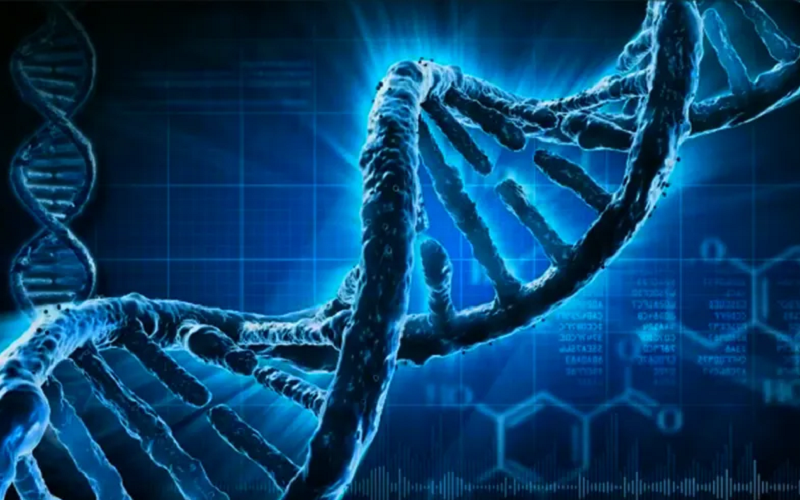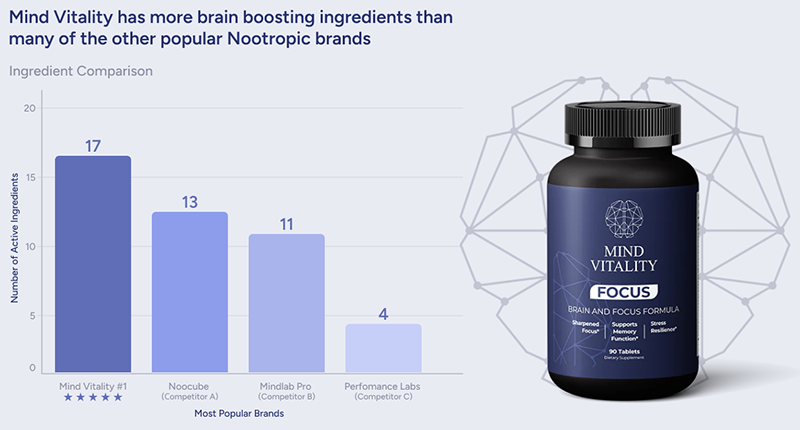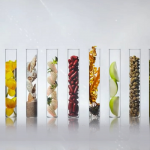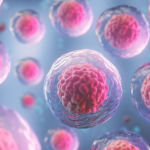When you look over the ingredients of many stem cell supplements (also referred to as stem cell enhancers or stem cell activators), and read descriptions of the ingredients, you’ll often find a phrase similar to “telomerase activator” included. Telomerase is an enzyme important to the production of telomeres. Telomeres, in turn, are an important part of adult stem cells. This article explains the telomerase|telomeres|stem cell relationship, and why you’ll want to see telomerase activators included in your stem cell supplement.
Contents
Stem Cells and Anti-Aging
Stem cells are an interesting and important type of cell in that they can be thought of as the body’s raw materials. Stem cells are capable of dividing to form new cells. These new daughter cells can be either new stem cells themselves or specialized cells with a more specific function. Specific functions include heart muscle cells, bone cells, brain cells or blood cells. Stem cells are the only type of cell that have this natural ability to produce new cell types.
Because of this power to produce new cells of different, specific functions, stem cells contribute to the body’s ability to self-repair tissues and organs. The body uses cells generated from stem cells to replace cells in damaged or unhealthy tissues and organs. Another factor that makes stem cells so important and powerful is that any one stem cell can divide (split) almost without limit in order to replenish different types of cells over the course of a person’s lifetime.
Telomeres and Stem Cells
Stem cells go through mitosis — a stem cell splits to form two new cells. As a part of this cell splitting comes DNA replication — in order to create new daughter cells the stem cell has to copy its full chromosome DNA to pass on to the newly forming cells.
The Purpose of Telomeres
At the ends of DNA strands, on both sides, are little “caps” called telomeres. These telomeres prevent damage from happening to the DNA during the copying process. The telomeres at the ends are for protection purposes only — they don’t include any DNA code vital to the chromosome to which they are attached.
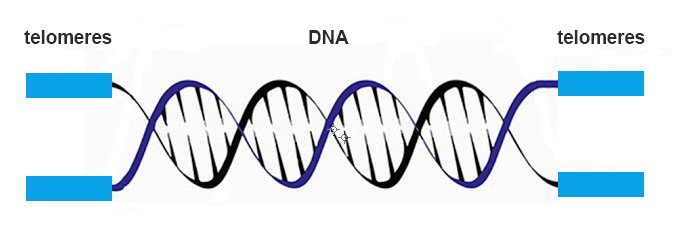
Now, as to why these telomeres — these DNA caps — are necessary. The DNA copying process may imperfectly copy the original DNA — it may not copy the DNA all the way to the end. If telomeres didn’t exist at the end of the DNA, and the copy process was cut short, some DNA would fail to be copied.
With telomeres at the end, if the copy process is cut short, only some of the telomeres will fail to be copied. Since telomeres hold no crucial DNA information, that’s perfectly acceptable — a telomere acts as a sort of “filler” that exists only to ensure that all the important DNA prior to the telomere is successfully copied.
In short, without telomeres important DNA information might be lost any time a stem cell divides.
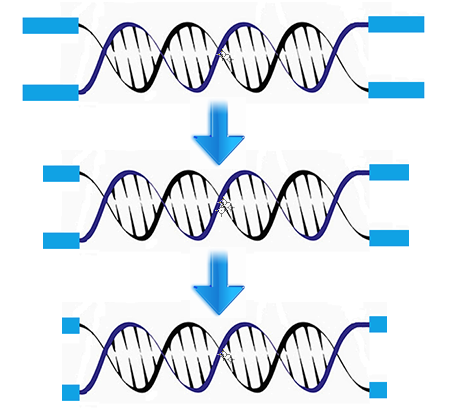
Stem Cell Senescence
If a cell’s telomeres become very short there’s the possibility that during splitting the copy of the cell’s DNA could be damaged. Again, in all cases the copying process can stop short of including the full DNA chain. With a sufficient length of telomeres, this isn’t an issue as the only section of DNA that will be omitted will be the unimportant, “generic” information contained in the telomeres.
With an insufficient telomere length, a cell splitting that included a DNA copy that was too short would mean some vital DNA information would be excluded from the copy, with the result being a damaged cell. To avoid this possibility, when a cell’s telomeres become too short the cell reaches senescence — it becomes what’s referred to as a senescent cell. A senescent cell is a cell that stops replicating.
When a stem cell is forced to stop replicating — when it no longer has the ability to generate new stem cells — it loses its power to be a healer. It can no longer be a part of the team of cells that are constantly creating new cells that contribute to the repair of damaged tissues and organs. So, as stem cells age, so too does the whole body age. This is the reason for the belief that stem cells are an important factor in the area of anti-aging.
While a stem cell becoming senescent is a bad thing in that the cell can no longer replicate to contribute to new stem cells to the body, it is a good thing in that the cell can’t split and generate new cells with flawed DNA. This prevents the creation of DNA-damaged cells that could play a role in the development of a tumor or cancer.
Telomerase and the Telomere Chain
For a typical cell that is capable of splitting, the eventuality is that the cell’s telomeres length gets too short, the cell becomes senescent (can no longer replicate), and shortly thereafter dies. A stem cell, on the other hand, has the ability to continually replenish its telomeres, enabling it to avoid the problem of a telomeres chain that is too short.
By being able to constantly add telomeres the stem cell can put off senescence — it can theoretically live and split to create new cells as long as the body itself is alive. This “eternal life” of a stem cell is made possible by telomerase.
Telomerase Generates Telomeres
Telomerase is an enzyme in stem cells. The primary purpose of this enzyme is to generate telomeres to be added onto the cell’s telomere chains. When a stem cell splits, it may lose some of its telomeres. The telomerase adds telomeres back on to the cell’s protective telomere “end caps,” ensuring that the cell’s telomere chains never shorten to the point where the cell becomes senescent (unable to further divide). Studies show that the action of telomerase allows cells to keep multiplying and avoid aging.
The activation of telomerase to generate replacement telomeres is a normal part of stem cell function. It is possible, though, to encourage additional telomerase activation. One way of doing that is through physical activity. When we speak about exercise “keeping us healthy” and “adding years to our lives,” we are, in part, talking about telomerase activation to extend the life of stem cells and to increase the body’s ability to self-repair its tissues and organs.
Telomerase Activator Supplements
Telomeres or telomerase can’t be taken directly as a stem cell supplement. However, there are several nutrients that have been shown to support the activation of telomerase.
Resveratrol
Resveratrol is a natural compound found in red wine and berries. It’s a polyphenol — a micronutrient that acts as an antioxidant. Caloric restriction has long been believed to contribute to longevity, and more recently believed to contribute to the activation of telomerase. Why is this important? Because resveratrol has been shown to have the unique ability to mimic the effects of caloric restriction. Resveratrol also promotes healthy dopamine receptors, mitochondrial function, and inflammatory response.
Pterostilbene
Pterostilbene is a compound from the same family as resveratrol, and has been demonstrated to work synergistically with resveratrol to increase telomerase activity in stem cells. For this reason many people buy both resveratrol and pterostilbene supplements and take them together.
Rhodiola Rosea
Rhodiola Rosea is an herb that grows in the cold, mountainous regions of Asia. Rhodiola root extract has long been associated with a broad range of health benefits include cognitive and physical improvement, as well as relief from physical and mental fatigue and depression. Recently Rhodiola supplementation has been shown to reduce cell senescence — the shutting down of a cell’s ability to generated new cells by splitting.
Ashwagandha (Withania Somnifera)
Ashwagandha, also known as Withania somnifera or Indian ginseng, is one of the most widely-used herbs in Ayurvedic medicine (a system of medicine with historical roots in India). The root of Ashwagandha is believed to support the activity of the immune system, provide brain support, and improve longevity. One recent study showed that Ashwagandha root extract led to an enhancement of approximately 45% in telomerase activity.
Astragalus Membranaceus (Huáng Qí)
Astragalus membranaceus, also called Huáng Qí, is an herb popular in traditional Chinese medicine (TCM). Astragalus has antioxidant effects that minimize free radical production. Free radicals damage cells, and are associated with several health issues associated with aging. Astragalus has been shown to improve the activation of telomerase.


